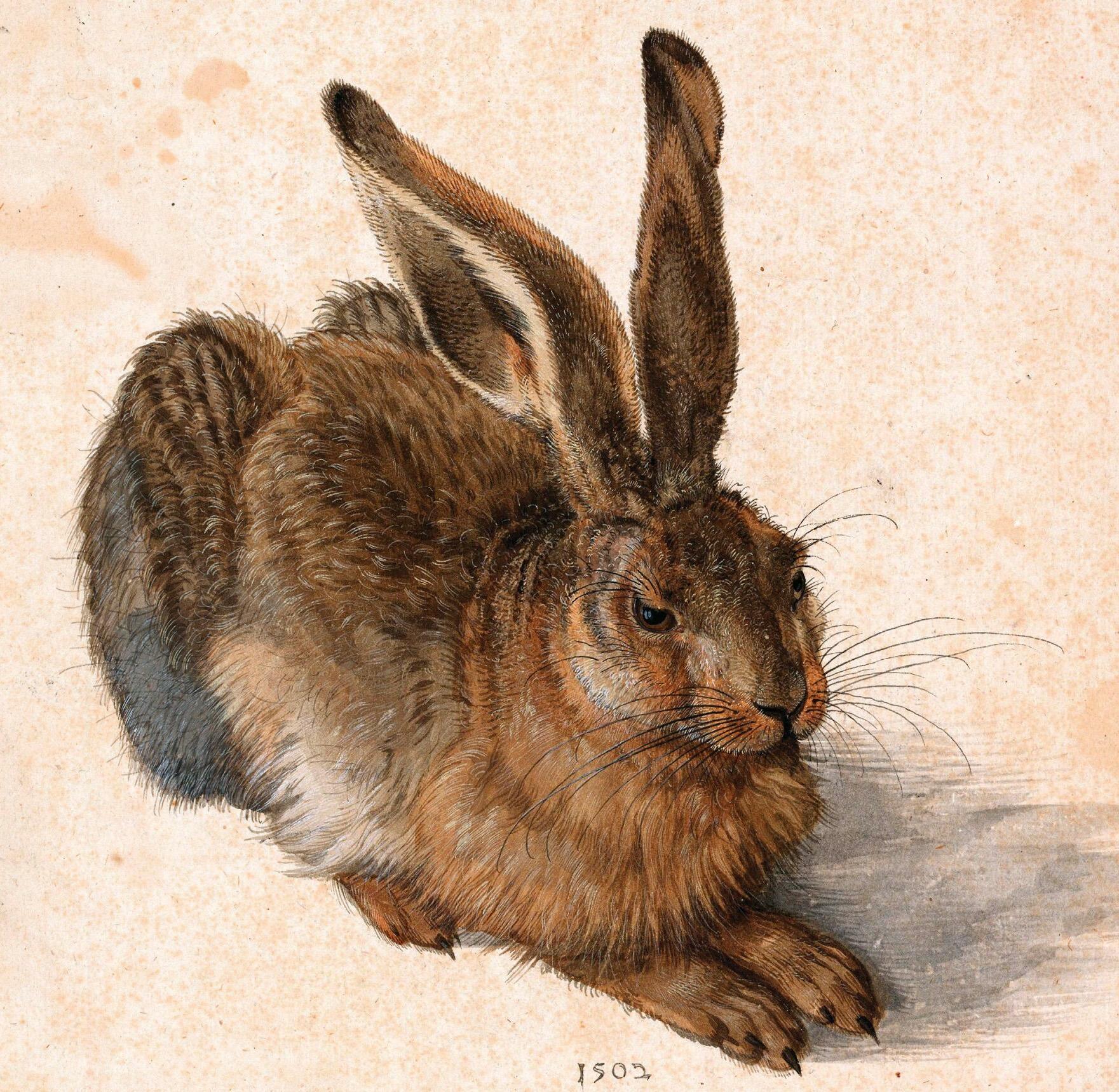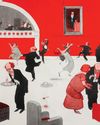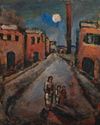Hare's to you

The year 55BC was a bad one for the hares of Britain. With the arrival of Julius Caesar and his legions, things took a turn for the worse. In his Commentaries on the Gallic War, a self-promoting history of his career as Rome’s greatest general, Caesar paused in his descriptions of the warlike tribes he faced and the battles he fought to note that the Britons he encountered ‘do not regard it lawful to eat the hare… they do, however, breed them for amusement and pleasure’. This fastidiousness was bewildering to the invaders from the south, who enjoyed both hunting hares and cooking them. As with so much else, Roman tastes quickly took hold and the hares’ days of being coddled were over.
That is not to say that the Romans, and the Greeks before them, didn’t have a soft spot for the animal. Hares appear in the writings of Pliny, Aristotle, Herodotus and, most famously, in Aesop’s fable of the hare and the tortoise. Because of their fecundity, they were associated with the seasons and the cycle of life and were animals sacred to the goddess of love, Aphrodite (Venus for the Romans). As such, they often appeared engraved on wedding rings and lovers would give one another a hare as a symbol of their affection.
More often, however, the Greeks and Romans depicted hares being hunted. Existing mosaic floors from across the ancient world, from Sicily and Alexandria to Tunisia and mainland Italy, show dogs hot on the heels of the fleeing animals (the hunters needed to be quick, as a hare can reach 40mph at full pelt). Sometimes, too, they are shown in repose, munching on a bunch of grapes or, in a 4th-century AD mosaic found in Cirencester, grazing quietly among foliage.
Dit verhaal komt uit de March 19, 2025 editie van Country Life UK.
Start your 7-day Magzter GOLD free trial to access thousands of curated premium stories, and 9,000+ magazines and newspapers.
Al abonnee ? Inloggen
Dit verhaal komt uit de March 19, 2025 editie van Country Life UK.
Start your 7-day Magzter GOLD free trial to access thousands of curated premium stories, and 9,000+ magazines and newspapers.
Al abonnee? Inloggen

A brush with greatness
Victor Hugo found solace in art, but dismissed his drawings as mere things made 'during hours of almost unconscious reverie'. Now, a Royal Academy exhibition reveals how powerfully they engage the imagination

Havens and hideaways
Some houses offer that little bit extra– a garden building to enhance your quality of life

A night on the tiles
From bloody beginnings of drunken mayhem in public houses, it is somewhat surprising that the game of dominoes reached pearl-encrusted heights in our royal palaces

The legacy Gertrude Jekyll and herbaceous planting
Until Gertrude Jekyll showed us how to plant a flower border brimming with satisfying waves of colour, form and texture, no one had thought to do it.

Building on a dream
Evenley Wood Garden, Northamptonshire When Nicola Taylor took on her plantsman father's flower-filled woodland, she knew more about horses than trees, but, as Tiffany Daneff discovers, that hasn't stopped her from making a great success of the garden

Take a seat
What makes a chair supremely comfortable? The rake, the suspension system, the frame or the fillings

Sour to the people
Vibrant, tangy and full of flavour, malt vinegar is still the best British condiment to slosh over hot fish and chips

My favourite painting Sir James MacMillan
Le Christ en banlieue (Christ in the suburbs)

The architect for me
In the first of two articles, Clive Aslet explores the relationship between Sir Edwin Lutyens and perhaps his most important private client, the politician and financier Reginald McKenna

Directors take centre stage
The imaginative vision of those behind the scenes brings out the best acting in Shakespeare and Chekhov revivals
